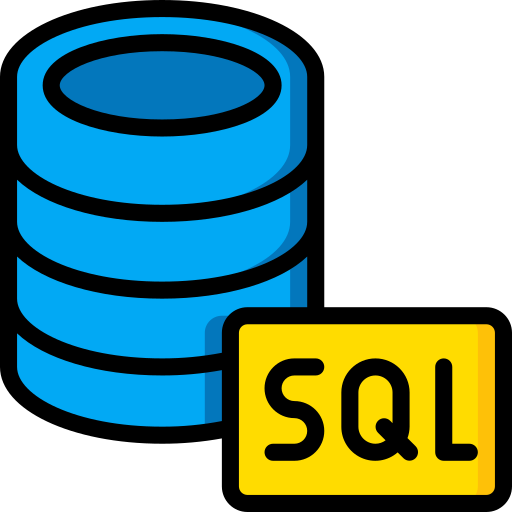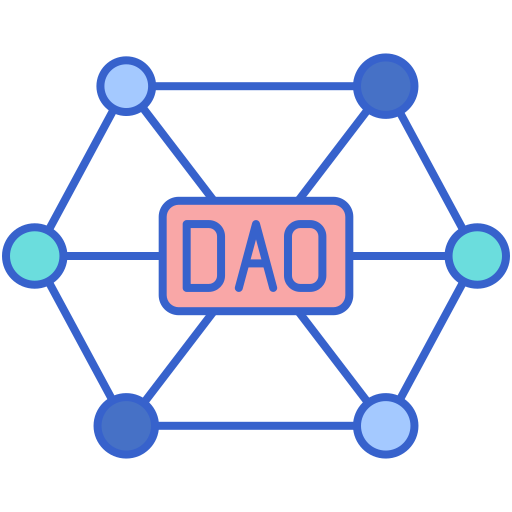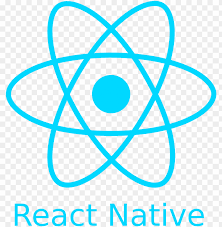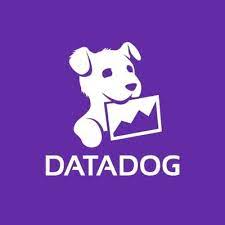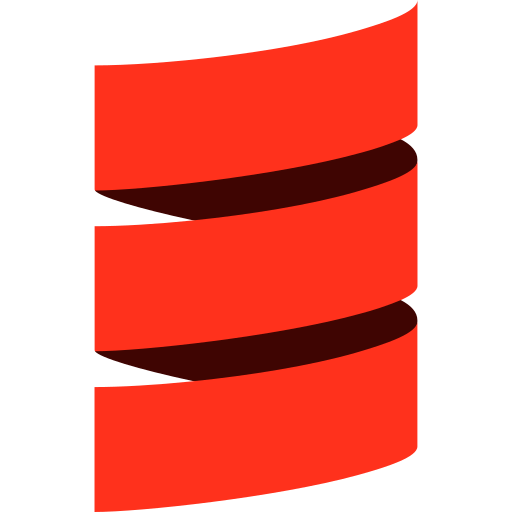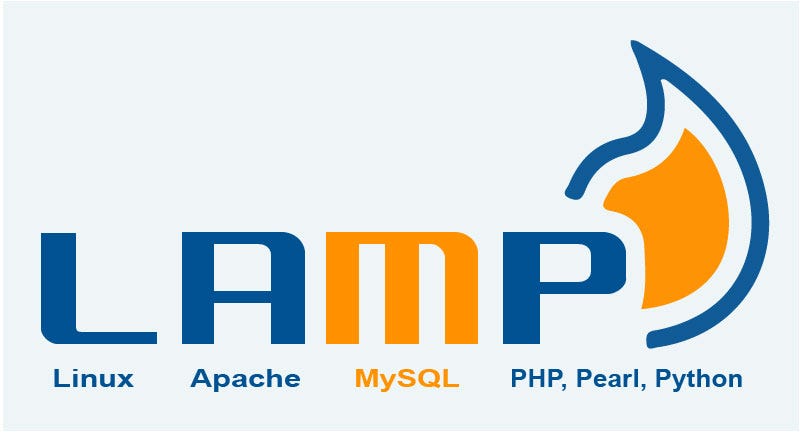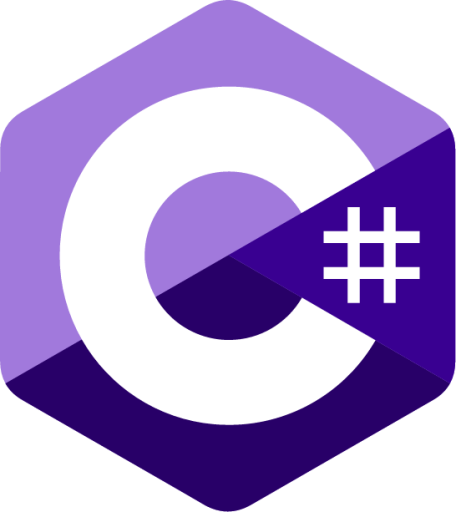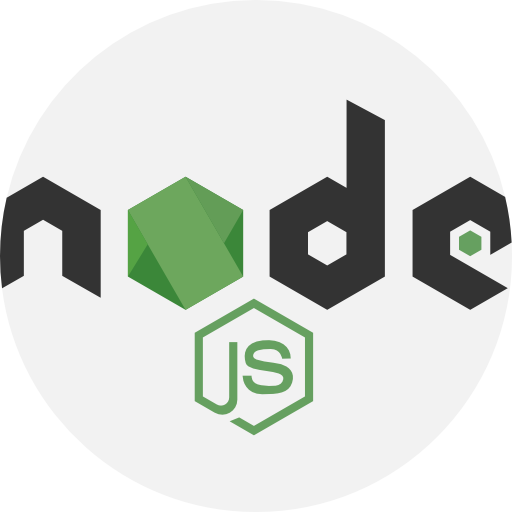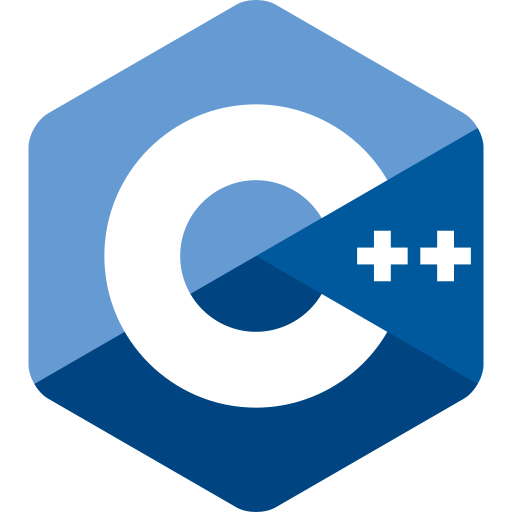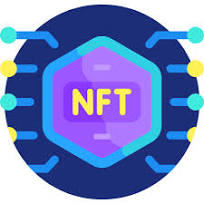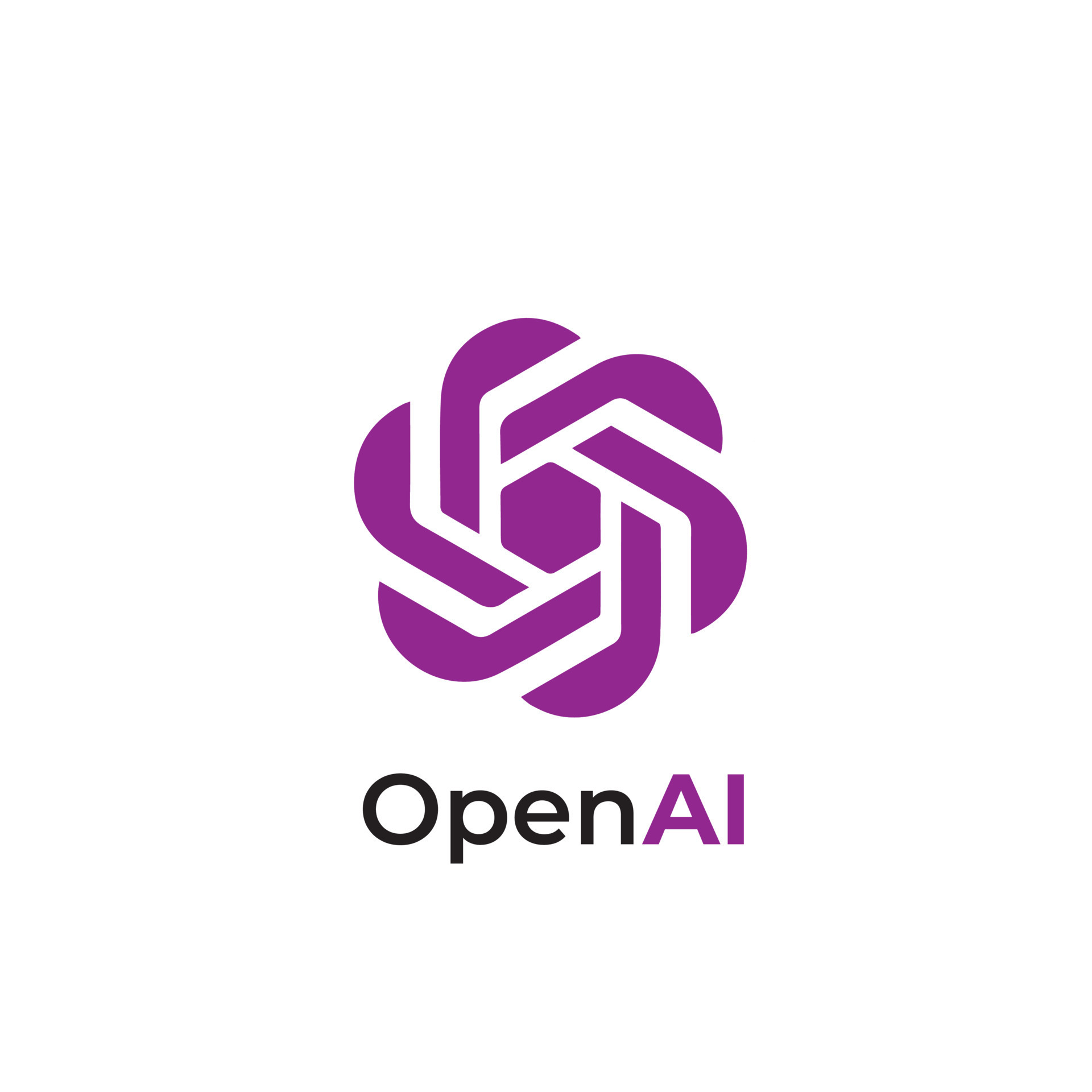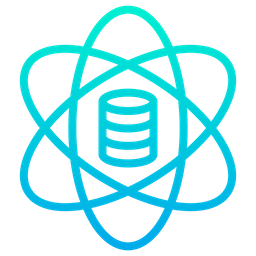Our devs have worked with some of the best in business!
Who’s your genius anyway?
They can code, alright. But can they catch your drift and match
your vision? Our team will find out for you.
The method
behind our
 magic
magic
A process so seamless, that it feels like sorcery. Here’s how we understand and deliver on your needs.
1
Let’s talk!
First things first, tell us what you need -
your core skill requirements
2
We’ve got you… a list
Pre-screened candidates that match
your requirements, carefully
picked by us
3
Meet and find your genius!
Pick your maverick through interviews
scheduled and arranged by us


In UltraGenius we trust
What makes us stand out and makes leading companies sit up take notice
Fast Fastidious
Expect awe inspiring accuracy at jaw dropping ease and speed Expect awe
Quality You Can Trust
Benchmarked process that brings win-wins to all stakeholders
Choice Meets Excellence
Not just great developers but a vast talent pool of doers winners
High Value Savings
We save you the trouble, time and money it takes to get the right resource
Addressing ‘What Ifs’
You only pay for the right developer. If it doesn’t workout, we help you match with another, without additional cost.
Solutions At Your Scale
Be it a startup, a mid-sized or a big organization, we find the right dev that fits your requirement


In UltraGenius we trust
What makes us stand out and makes leading companies sit up take notice
Fast Fastidious
Expect awe inspiring accuracy at jaw dropping ease and speed Expect awe
Quality You Can Trust
Benchmarked process that brings win-wins to all stakeholders
Choice Meets Excellence
Not just great developers but a vast talent pool of doers winners
High Value Savings
We save you the trouble, time and money it takes to get the right resource
Addressing ‘What Ifs’
You only pay for the right developer. If it doesn’t workout, we help you match with another, without additional cost.
Solutions At Your Scale
Be it a startup, a mid-sized or a big organization, we find the right dev that fits your requirement

The word is out and about
What is it like to work with our developers? Hear it from our clients



You asked. We answered.
How is UltraGenius different from others?

| UltraGenius | Agencies Consultants | |
|---|---|---|
| Developer Match |
24 hours |
1-3 months |
| Talent Quality |

Top Tier |

Unknown |
| Network Strength |

50000+ |

Unknown |
| Developer Benefits |

Top notch |

Unknown |
| Pre-vetted Developers |

Yes |

No |
| UltraGenius Assurance |

Yes |

No |
What is UltraGenius?

- UltraGenius is a platform that assists fast-growing companies globally to hire experienced developers.
- Our talent is experienced and has worked with companies like Apple, Google, Meta, Amazon, IBM, Razorpay several other fast-growing companies
- Our clients are fast-growing companies based in US, UK Australia and they are backed by top investors like Accel, Sequoia, Y-Combinator, Lightspeed Ventures, and A16Z or are proudly self-funded or bootstrapped.
Who is the team behind UltraGenius?

- UltraGenius is founded by serial entrepreneurs - Shailesh Jain (alumni of Carnegie Mellon University, Computer Science VMWare. Co-founded Mirraw - 150+ employees $20M+ in ARR) Nirav Shah (alumni of Columbia University, Computer Science UBS. Co-founded LetsAlign - worked with top-notch companies freelancers globally for 10+ years).
How is UltraGenius different from outsourcing agencies?

- Unlike outsourcing companies, we connect you with extremely talented individuals that can be managed directly by you. We have thousands of vetted developers on our platform looking to work for top global opportunities. Due to lower overheads like having resources on the bench, office costs other management costs, we will be able to source much better candidates in the same price band.
How is ultraGenius different from recruitment agencies?

- We have an internal team of engineers who screens, vet, and match talent. Thereby giving you profiles that are extremely relevant we have an extremely high hit rate. Also, we do not charge any upfront recruitment fees. We handle all the local payroll compliance for you.
How do you vet developers?

- We have built an in-house assessment platform that we use to take live coding tests MCQ tests.
- Our team consists of engineers who vet match talent based on their tech, communication, and problem-solving skills.
- We make them do live coding via a video call and also ask them various questions related to their stack and experience.
- We analyze their coding speed and their ability to solve complex problems and their knowledge of data structures algorithms.
- We check their behavioral skills to assess whether they have the right attitude of ownership and can work in a fast-paced environment.
What are typical developer rates?

- We encourage clients to work with us based on our quality and experience even though pricing is only one factor.
-
The typical monthly rate for experienced developers is between
- $1800 to $2500 for 1 to 3 years of experience
- $2500 to $6000 for 3 to 5 years of experience
- $6000 to $9000 for 5 to 8 years of experience
- These charges are inclusive of ultraGenius fees. ultraGenius handles local labor laws, sourcing, vetting, matching, compliance, HR, payroll, procuring benefits
What is the minimum contract duration?

- This model is intended for long-term relationships with a minimum of a one-year duration. However, you can terminate the contract by giving the talent one month's notice if at any point your expectations are not reached.
What will be the working hours of the developers?

- Developers work 8 hours/day on a full-time basis from Monday to Friday with 20 paid leaves/year.
What are the payment terms?

- You pay us only when you hire a developer from our platform.
- To safeguard both client developer interest we offer an escrow service
- Clients pay us monthly on an advance basis.
- We will raise an invoice on the 25th of every month for the work period of the following month.
- We hold that amount in escrow and release it to the developer after his work for that month is completed.
- If there is any dispute, we request you to reachout to us within 24 hours so we can take necessary actions to facilitate the dispute resolution.
What mode of payment do you accept?

- We accept payments via Bank transfer in fiat currency based on your country. We accept payments in US Dollars, AU Dollars, and GBP.
Are there any recruitment charges?

- There are no recruitment charges. Rates that we quote are inclusive of developer rates and our fees.
What if I want the developer on my payroll?

- In most cases, yes. If the developer also wants to work directly with you on your payroll, we can facilitate the same by a one time buy out fee that can be mutually agreed.
Is there any discount that I can avail of?

-
We value long-term strong relationships with our clients. We offer the
following discounts on our pricing:
- 3+ hires/year: 2% discount
- 5+ hires/year: 3% discount
Who has the legal rights to work created by developers on ultraGenius?

- The client has the legal right to work created by developers.
How can I protect my IP?

- We can facilitate the agreement between you and the developer upon request.
If I choose to terminate our collaboration, would there be any
cancellation fees?

- Though we hate to say goodbye - there is absolutely no cancellation cost. Inform us a month in advance so we the developer can plan accordingly.
I have more questions/suggestions. Who can I reach out to?

- Nirav, co-founder of ultraGenius can be reached at nirav.shah@ultragenius.club
This is awesome! How do I start?

- Book a short meeting with our team here so we can understand your requirements in detail and match you with a developer that can work with you to build something truly great.





















